When it comes to designing your next workout, you have several choices to make:
- Should you do full-body workouts or follow a split routine?
- How many sets of each exercise should you do?
- What rep scheme will you use?
- How long are you going to rest between each set?
You’ll also have to decide whether you are going to use free-weights, machines, or a combination of the two. This is an important decision to make because both types of training have pros and cons. Consider the following points when you are making up your mind.
Free-weights Pros and Cons
Not so many decades ago, if you wanted to build muscle or get stronger, free-weights were your only option. If gyms had any machines, they were very basic and often not very good. Free-weights were king! Free-weights are old-school, but that doesn’t mean they aren’t an effective way to reach your training goals.
The pros of training with free-weights include:
1- Increased stabilizer activity
In any exercise, your muscles take on one of four roles…
- Agonist – the main muscle doing the work, and also known as the prime mover
- Antagonist – the muscle that opposes the agonist
- Synergists – the muscles that assist the agonist, e.g., triceps and deltoids in the bench press
- Stabilizers – the muscles that hold your joints in place so that the other muscles have a solid base to work from. Also known as fixators, e.g., the rotator cuff during upper body exercises or the core in lower body exercises
Free-weights are naturally unstable, and you have to control their path. Most free-weight exercises involve more stabilizer activity than machine exercises, where the weight is guided by rods.
Level Up Your Fitness: Join our 💪 strong community in Fitness Volt Newsletter. Get daily inspiration, expert-backed workouts, nutrition tips, the latest in strength sports, and the support you need to reach your goals. Subscribe for free!
2- Exercise variety and customization
It’s relatively easy to customize a free-weight exercise to suit your needs. You can move your feet in or out to target different parts of your legs when squatting. Moving your hands also changes the effect of some exercises. For example, you can target different parts of your chest by moving your hands inward or outward during bench presses.
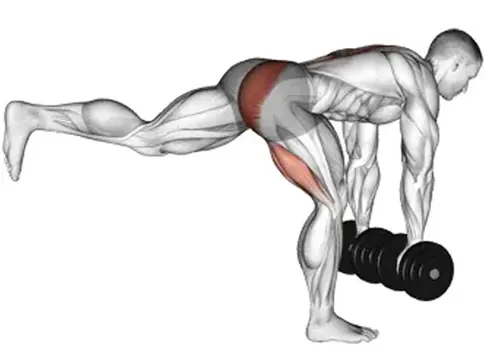
You can also adjust the exercise based on your individual Anthropomorphological needs – your bone structure, height, and the length of your limbs. Most resistance machines offer much less variety.
These benefits mean you can make your workouts more varied, and research says that variety is essential for muscle growth.
3- Increased functionality
Free-weight exercises are often described as functional. This means they replicate either everyday movements or movements seen in sports. For example, squats are functional because they train the same muscles used when you sit down and rise up from a chair.
Deadlifts are functional because they replicate lifting an object off the floor. Performing these exercises will make a variety of common activities easier.
While free-weights are undeniably useful, they do have some cons too. The main ones are:
1- Exercises are harder to learn
Some free-weight exercises are more advanced than others. They take time to learn. This means that more complex exercises such as power cleans, snatches, deadlifts, and barbell squats are not ideal for beginners.
2- Increased risk of injury
Free-weights can cause injury in two different ways. If you fail to complete a rep, the weight could come crashing down on you.
This is especially true for exercises like squats, bench presses, overhead presses, and supine triceps extensions, known appropriately as skull crushers. Because of this, a lot of exercisers work out with a partner or spotter who can provide assistance if required.
In addition, some free-weight exercises are hard to master, and some people may perform them with poor technique. This can also lead to injury.
3- Stabilizer and synergist muscles may fatigue first
A chain is only as strong as its weakest link. In most compound free-weight exercises, your performance is limited by the strength of your stabilizer and synergist muscles. For example, during squats, your legs may still feel strong, but if your lower back is tired, you’ll have to stop your set.
If weak synergists stop you from doing as many reps or lifting as much weight, you may not get the results you want from your workouts.
Machines Pros and Cons
Machines are very popular, and most gyms have a wide selection for you to choose from. There are machines for every muscle group in your body.
The pros of training with machines include:
Level Up Your Fitness: Join our 💪 strong community in Fitness Volt Newsletter. Get daily inspiration, expert-backed workouts, nutrition tips, the latest in strength sports, and the support you need to reach your goals. Subscribe for free!
1- Muscle isolation
Machines allow you to isolate the muscles you are training. You won’t have to worry about balancing unstable dumbbells or holding your core rigid. Instead, you are free to focus on the muscles being used. This is an advantage if you are training for muscle size or just want to emphasize a particular body part.
Many machines are designed to work only one muscle group at a time. Examples include hip abductions, hip adductions, leg extensions, leg curls, and calf raise machines.
2- You can train to failure in safety
If you want to build muscle, training to failure can help. This means you do as many reps as you can until you are no longer able to continue. However, while this is a good method for muscle building, it can also be dangerous, especially if you are training with free-weights and are on your own.
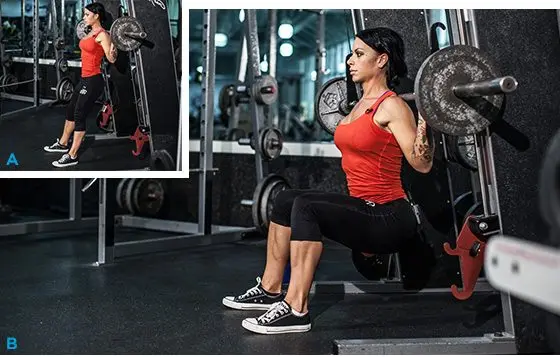
For example, if you drop a barbell across your chest during bench presses, you’ll be lucky if you walk away without serious injury. However, if you are unable to complete a repetition on a machine exercise, all that will happen is the weights will clash together, and you’ll make a lot of noise.
You won’t get pinned by a heavyweight. Training to failure on machines is much safer than with free-weights.
3- Easy to learn
Most machine exercises guide your movements, which means it’s much harder to do these exercises incorrectly. Because they are easier to learn, machines are ideal for beginners and for anyone who wants to work out without having to learn complicated techniques.
4- Quick to set up and adjust
If you use free-weights, you’ll have to spend a minute or two getting ready for each exercise in your program. You’ll need to load barbells, select the right dumbbells, and carry them to the area or bench you are using. You’ll have to repeat this process every time you change your weights.
Machines are much quicker to set up and easier to use; just adjust the seat, slot in the weight selection pin, and get to work. Because of this, machines are especially useful for fast-paced circuit workouts.
Machines also have a few disadvantages and drawbacks. The main ones are:
1- Machines are made for average-sized people
While all machines are adjustable, if you are very short, tall, or wide, you may not fit the one you are using. This could put your joints into a position that leads to injury. This is less of an issue with free-weights, which allows for more variation and customization.
2- Less functionality
Some machines have very little crossover to activities outside the gym. While exercises like leg extensions and leg curls are useful for isolating specific muscle groups, they do not replicate any functional movements. Strength developed on machines may not transfer very well to real-world activities.
3- Could lead to muscle strength imbalances
A lot of machines are bilateral exercises. That means both arms or legs work at the same time. Because the weights are guided on rods, left to right strength imbalances can go unnoticed and may even become worse. For example, when doing leg presses, you could be pushing harder with one leg than the other without realizing it. Muscle imbalances can lead to long-term injuries.
In contrast, free-weight exercises tend to reveal left to right strength imbalances, even in bilateral exercises. For example, when squatting, if you have one leg stronger than the other, the bar will probably tilt to one side. Strength imbalances are even more noticeable with dumbbell exercises.
Wrap-up: Which is best – machines or free-weights?
This is not an easy question to answer! It really depends on several factors, including your training goal, your level of experience, and what machines you have available. For example, squats are probably better than leg presses for developing lower body strength.
But, if you can’t squat very well and doing squats increases your risk of injury, leg presses may be the better choice.
That said, here is a chart that should help you decide which training method is best for you.
| Training needs | Use mostly |
| Beginner? | Machines |
| Intermediate/advanced | Free-weights |
| Building strength? | Free-weights |
| Building muscle? | Free-weights |
| General fitness | Machines |
| Muscle isolation | Machines |
| Athletic performance | Free-weights |
| Very tall or short? | Free-weights |
| Currently injured? | Machines |
In most cases, there is no reason to choose between machines and free weights. The majority of exercisers can and should use both of these training methods. However, you may want to emphasize one or the other based on your needs.
If you do include both types of training in your workout, it’s usually best to do free-weights first and then machines afterward. This ensures your smaller stabilizers and synergists are fresh when you need them the most. Doing this will lead to a better workout performance and a reduced risk of injury.
References:
- The Journal of Strength and Conditioning Research – Changes in Exercises Are More Effective Than in Loading Schemes to Improve Muscle Strength


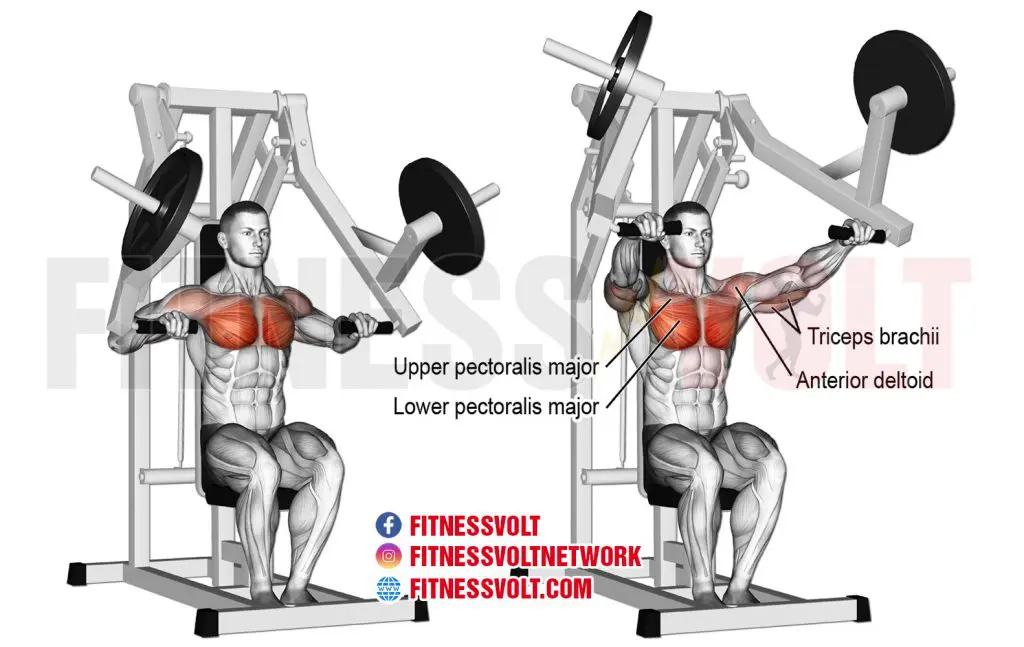
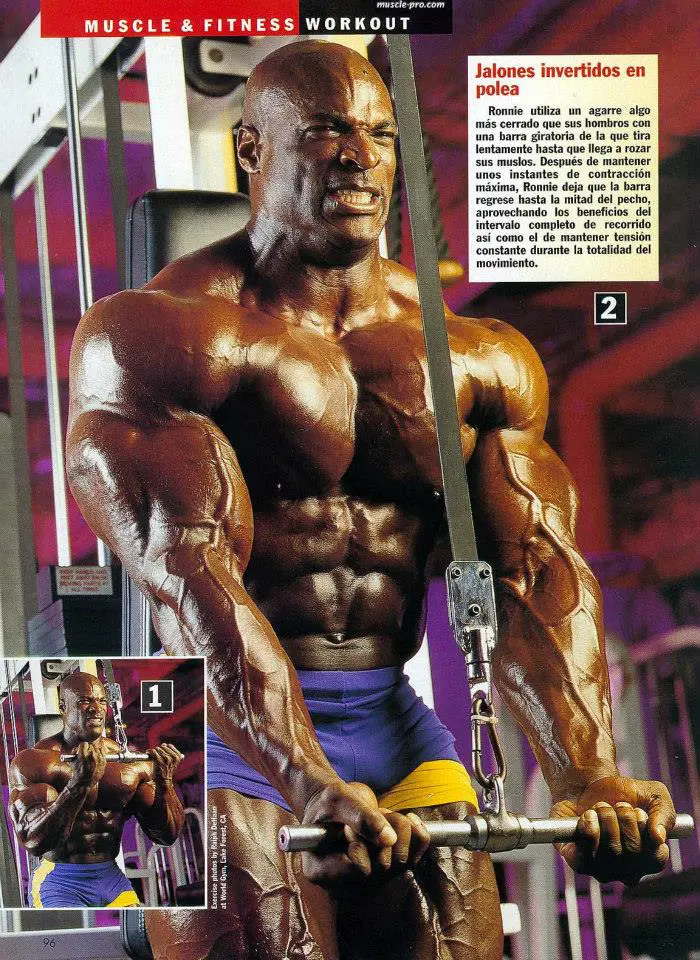

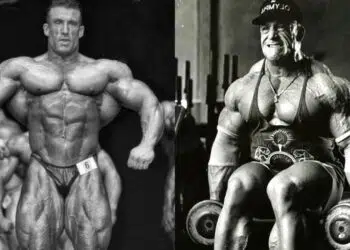

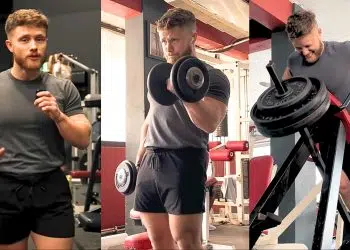


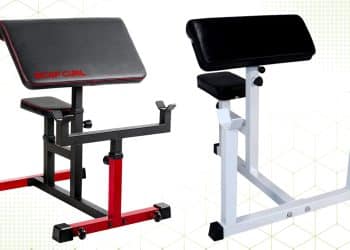

Machines are a waste of time ,free weights are the only true way to build a massive amount of muscle .
great post sir.Really interesting to read